Primary Source Manuscripts
Primary Source Manuscripts
Albion Fellows Bacon Collection
Albion Fellows Bacon (1865-1933), writer and reformer, was born in Evansville, Indiana, where she actively worked with local charities, two of which evolved into the YWCA and the Visiting Nurse Association. She is most noted for her vigorous campaign to improve substandard housing, persuading the Indiana legislature to pass a housing reform bill in the early twentieth century. Bacon was also involved with the Indiana Child Welfare Association and the Commission on Child Welfare, as well as other social agencies. Some of her writings recount her career as a reformer, while others relate her spiritual experiences. Bacon was the sister of Annie Fellows Johnston, an author who achieved national acclaim for her Little Colonel series, which was later converted to films starring Shirley Temple.
The collection includes Bacon’s speeches on housing reform that she gave around the country, as well as speeches and notes on child welfare, the relationship between tuberculosis and housing, and other social problems. Other items are Bacon’s poems, music, and drawings; newspaper clippings and other biographical information; family photos; and miscellaneous publications pertaining to her life and career.
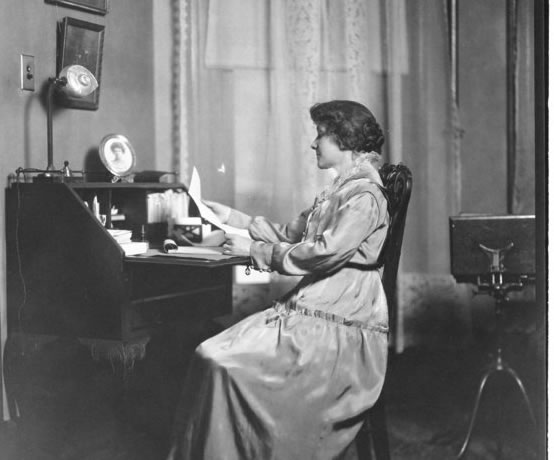
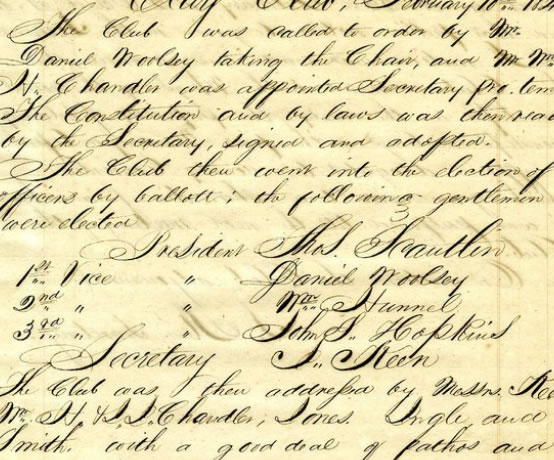
Primary Source Manuscripts
The Clay Club
Organized in early 1844, Vanderburgh County’s Clay Club sought “to promote by all honorable means the election of the distinguished statesman Henry Clay to the presidency of the United States,” its members believing that the Whig candidate’s election would “carry out the true principles of the Government.” Many of Evansville’s most prominent men became members, including philanthropist Willard Carpenter and Conrad Baker, future governor of Indiana (1867-1873). The club’s constitution, by-laws, and minutes (February 10, 1844 – September 6, 1844) are recorded in a ledger that also contains similar records for the Young Men’s Scott Club, comprised of local Whigs who supported Winfield Scott’s candidacy for the presidency in 1852. Minutes for this group begin on July 31, 1852, and end a few weeks later in September, when members merged with the German Club.
Primary Source Manuscripts
Annie Fellows Johnston Collection
Like her sister Albion Fellows Bacon, Annie Fellows Johnston (1863-1931) was born in Evansville, Indiana. Soon after an extended tour of Europe with her sister, Johnston was married briefly to William L. Johnston, who died unexpectedly in 1892. Three years later, she produced her first work about “The Little Colonel,” which was based on the life of Hattie Cochran, a young girl who lived near her in Pewee Valley in Kentucky, where Johnston had moved with her step-children after her husband’s death. This popular thirteen-novel series eventually brought the author international acclaim after the books were translated into at least forty languages. In 1935, Twentieth Century Fox released “The Little Colonel,” a film that starred Shirley Temple and Lionel Barrymore.
The Annie Fellows Johnston Collection contains numerous newspaper clippings and other articles about her life and career, personal and business correspondence, including fan letters received from 1903 to 1917, poetry and other writings, publicity materials, and photos of her family and residence in Pewee Valley.
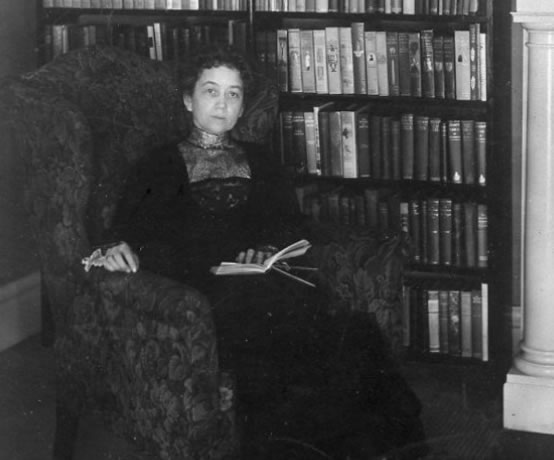
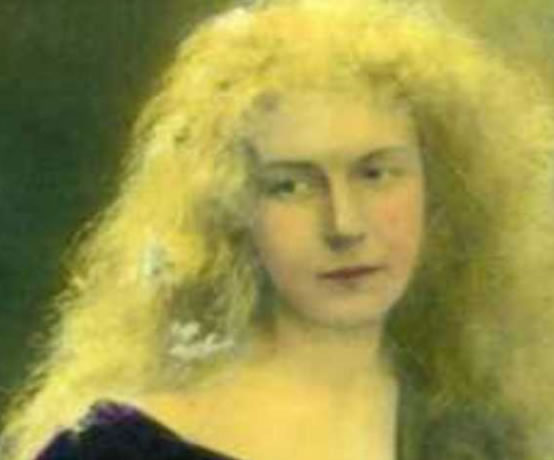
Primary Source Manuscripts
Kate Seston Matthews Collection
A native of New Albany, Indiana, Kate Seston Matthews spent most of her life in Pewee Valley near Louisville, Kentucky. In 1886, at age 16, she became interested in photography, which evolved into a career that spanned 70 years. She won many prizes for her work and is perhaps best known for her portrayal of characters from Annie Fellows Johnston’s “The Little Colonel” books. The Matthews Collection contains nearly 500 prints and negatives.
Primary Source Manuscripts
The Invader
Pearl Harbor galvanized Evansville in unprecedented ways. Chrysler, International Steel, and a host of other local businesses and industries combined with two newcomers, Republic Aviation and the Evansville Shipyard, to contribute enormously to the war effort. The production of over 100 LSTs at the Shipyard between 1942-1945 far exceeded the Navy’s original order for 28 and topped the output of other shipyards in the country. A complete set of the Shipyard’s monthly publication, The Invader, traces the extraordinary achievement of the workers there.
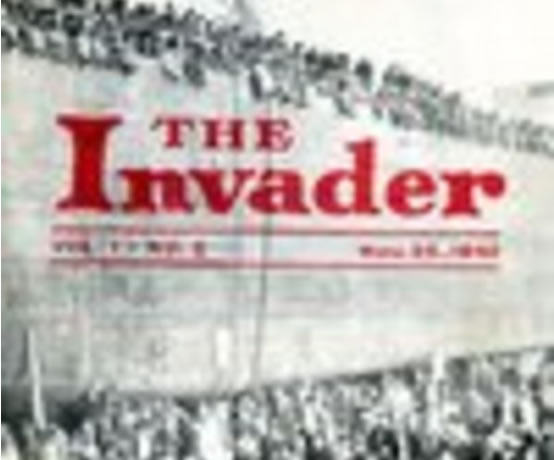
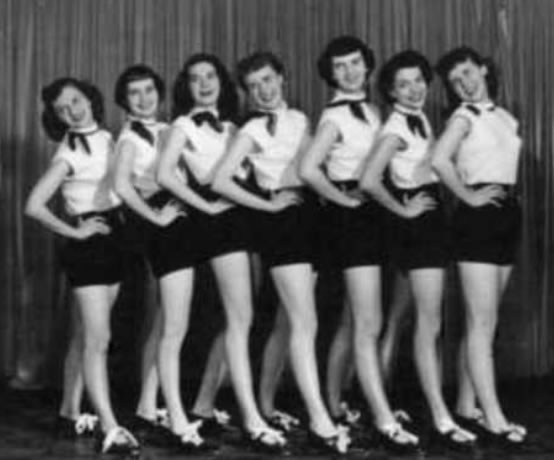
Primary Source Manuscripts
Koch Studio Photograph Collection
From 1950 to 1983, Robert (“Bob”) Koch operated a photography studio in Evansville. When he retired, Mr. Koch donated an estimated 15,000 senior high school portraits to the library, as well as scores of images of buildings, streets, businesses and industries, people, Dade (Ellis) Park, and other subjects. Some of the images are viewable in the library’s online Photography Gallery, and the rest can be viewed in the Lanford Reading Room of the basement addition.
Primary Source Manuscripts
Norman A. Shane Collection
A native of Chicago, Illinois, Norman A. Shane, Sr. (1896-1974), moved to Evansville shortly after his discharge from the U. S. Army. He was involved in civic affairs for more than fifty years and received numerous awards for community leadership. He was president of Shane Manufacturing Company and Shane Uniform Company; in 1967, Shane was recognized by the American Apparel Manufacturers Association for his distinguished service. He was also an active member of Washington Avenue Temple, where he served as a trustee for forty years.
The collection includes, but is not limited to, biographical material, photographs, personal correspondence, copies of speeches, Washington Avenue Temple bulletins and programs (1949-1952), as well as Zionist pamphlets and information.
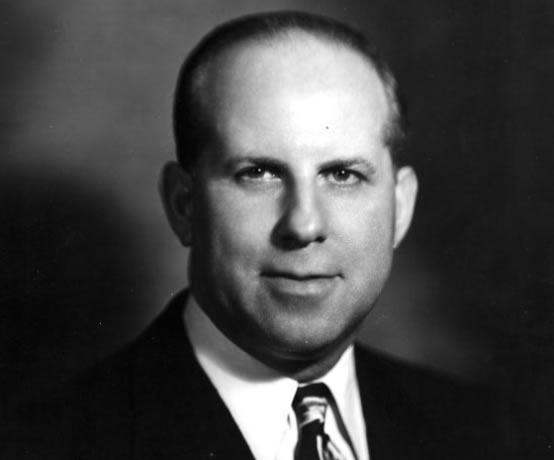
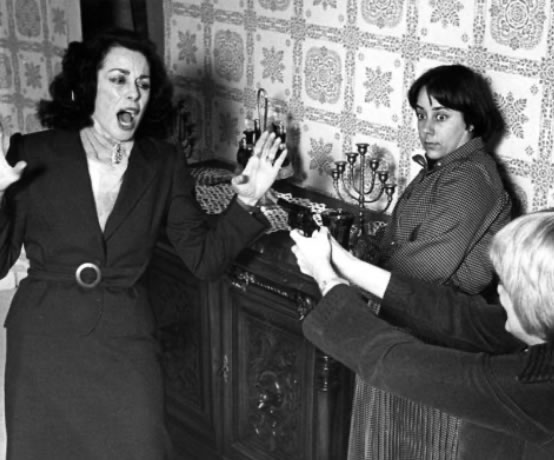
Primary Source Manuscripts
Repertory People of Evansville Collection
The Repertory People of Evansville was founded by Jim Jackson and Tom Angermeier; the organization’s holdings consist of press clippings, programs, promotional materials, scripts, reviews, lists of productions, and photographs, with materials spanning the years from 1975 to c. 1996.
Primary Source Manuscripts
Vanderburgh Christian Home Collection
The Vanderburgh Christian Home was a maternity home founded by Eleanor E. Johnson that operated from 1870 to 1986. The holdings consist of the organization’s Constitution, Articles of Association, minutes, annual reports, photographs, newspaper clippings, publications, and miscellaneous records.
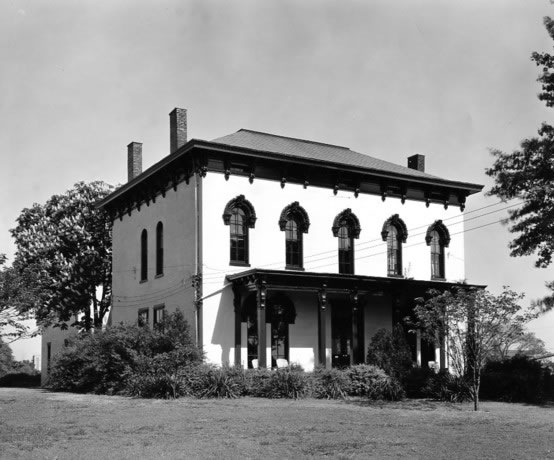
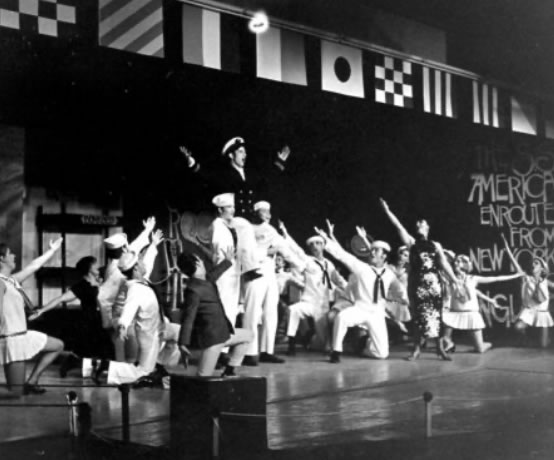
Primary Source Manuscripts
Evansville Civic Theatre Collection
Evansville Civic Theatre was founded in 1925. Originally named the Peoples Players, the organization was renamed the Community Players; since 1956 it has been called Evansville Civic Theatre. The collection dates from approximately the late 1940s to the mid-1970s and consists of photographs, play programs, reviews, and newspaper clippings.
Primary Source Manuscripts
George H. Honig Collection
George H. Honig (1874-1962) was a prominent Indiana sculptor who was born in Spencer County. For many years, he lived in Evansville with his wife Alda McCoy Honig (1885-1955), who was a noted pianist. Among George’s most famous works are the groups flanking the entrance to the Evansville Coliseum.
The manuscript portion of the collection consists primarily of his research on the early life of Abraham Lincoln in Spencer county, newspaper clippings, correspondence, biographical information, and information on the Lincoln Pioneer Village in Rockport, Indiana, which George designed in the 1930s. There are also nearly 200 photographs of the Honigs and his artwork.
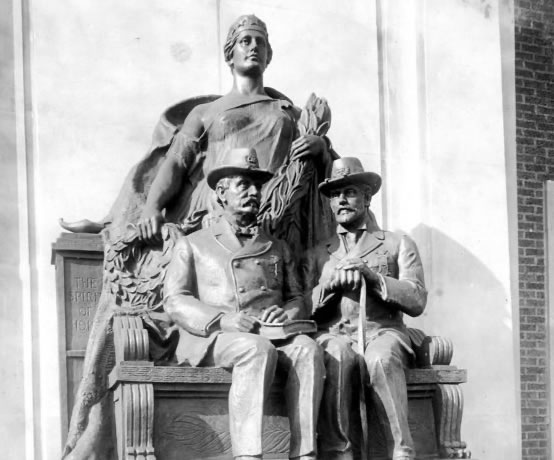
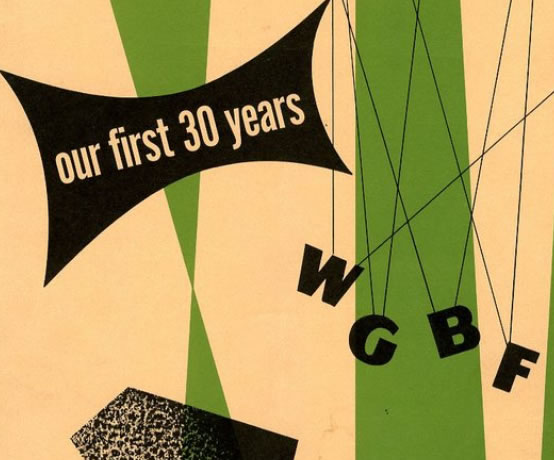
Primary Source Manuscripts
WGBF and WEOA Radio Scripts Collection
WGBF, Evansville’s first radio station, was founded in 1923. The collection contains original radio scripts read nightly by Clifton (“Cliff”) Brooks on the “Our Town” broadcast; they date from October 29, 1941 to December 31, 1949. The scripts summarize the daily news from around the Tri-State and may be of particular interest to researchers of Evansville’s homefront activities during World War II and the post-war years.
Evansville’s WEOA radio station debuted in 1936. The scripts in this collection were read by J. Clarence (“J. C.”) Kerlin on the morning “What Goes on Here” program; they date from January 11, 1966 to December 31, 1974.
Primary Source Manuscripts
Karl Kae Knecht Collection
Karl Kae Knecht (1883-1972)was a nationally-acclaimed editorial cartoonist for the Evansville Courier, where he was employed from 1906 to 1960. The collection consists primarily of approximately 6,000 images of Evansville and the Tri-State that he photographed or collected during his tenure at the newspaper. The images depict people, buildings, the Ohio River, aerial views, events, parks, the 1937 flood, Mesker Park Zoo, and other subjects.
A small manuscript collection accompanies the images; these papers include Knecht’s writings on the early years of the zoo, which he helped to found in 1928. There are also three scrapbooks containing many of his newspaper columns on the theater and miscellaneous other memorabilia that he collected throughout his life.
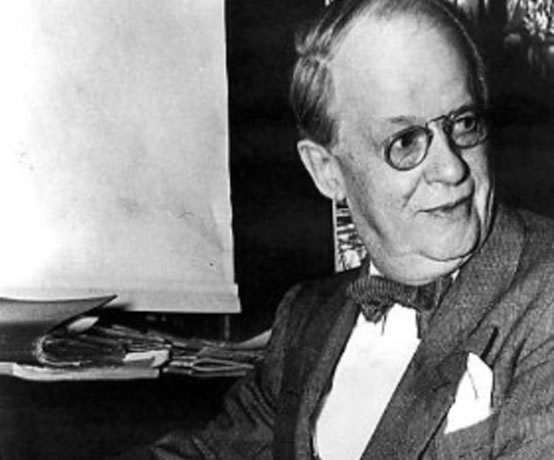
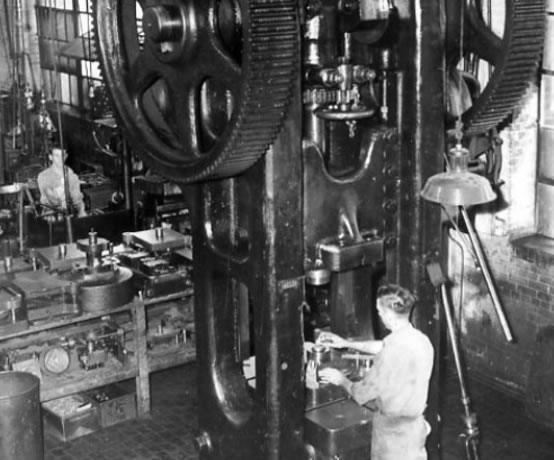
Primary Source Manuscripts
Faultless Caster Company Collection
The Faultless Caster Company relocated to Evansville from Nebraska City, Nebraska, in 1913. Led by Bernard H. Noelting, the company produced furniture casters. The move was prompted by Evansville’s reputation as a furniture manufacturing center in the United States in the early 20th-century.
The collection contains the company’s Articles of Incorporation, meeting minutes (1891), newspaper clippings, company histories, tax audits (1921-1929), employee newsletters, publicity and advertising scrapbooks (1920s-1950s), photographs, catalogs, and miscellaneous items.
Primary Source Manuscripts
Joan C. Marchand Collection
Best known for her work in historic preservation, Joan Marchand was deeply involved in community affairs, lecturing to many local organizations and conducting tours of historic districts. She served as Historic Preservation Officer for the City of Evansville until shortly before her death in early 1997, avidly researching and writing about Evansville history and architecture. In 1995, she was formally recognized by the Indiana Historic Landmarks Foundation for her tireless efforts in raising public awareness of historic preservation. Marchand was also a gifted photographer who captured thousands of images of local buildings and landmarks during her career, many of them shortly before they were razed.
Joan Marchand was a longtime supporter of Willard Library, bequeathing the bulk of her photos and research to the library. These holdings encompass over forty boxes of research materials, over fifty binders of research notes, over three thousand photos, and several boxes of information on Evansville history and architecture that were recorded on index cards; some of these cards have been digitized and can be accessed via the Online Resources link on Willard Library’s homepage.
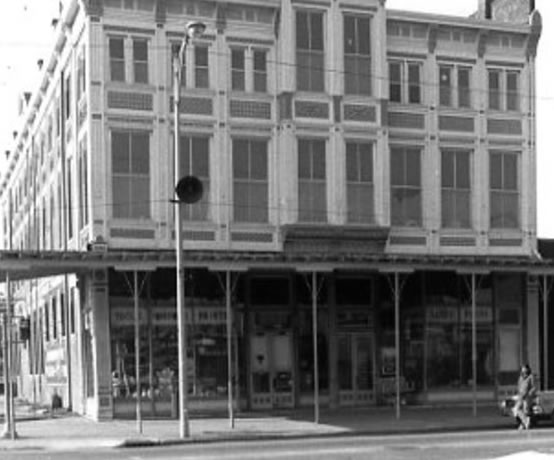
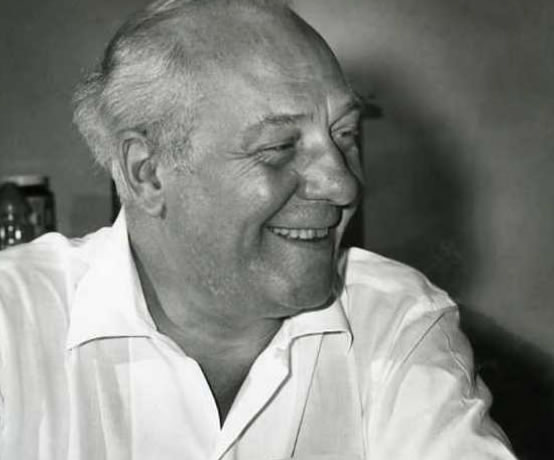
Primary Source Manuscripts
Carl and Julia Ritt Collection
Carl Ritt was an employee of the Evansville Press for over 50 years, retiring in 1974. He served as a writer, managing editor, and in other capacities during his long tenure there, which was briefly interrupted by his service in World War II. Ritt and his wife Julia were active in many community projects, including the annual New Blades Ice Show, Boy Scouts, and the National Spelling Bee.
The collection consists of correspondence, newspaper clippings, New Blades programs and advertisements, Boy Scout badges, miscellaneous publications and materials, and thousands of photographs and negatives. Dates range from 1934 to 1980.
Primary Source Manuscripts
J. C. Kerlin Memoirs
Known as “the dean of Tri-State newsmen,” J. C. Kerlin arrived in Evansville to begin his long career in the media in 1920, when he began working as a reporter for The Evansville Courier. In the 1940s, he was hired to work at radio station WGBF, where he stayed until his retirement in 1975. His memoirs, acquired by Willard Library a few years after Kerlin’s death in 1992, focus on his early years in Evansville. Some of the topics he discusses are The Evansville Courier, Mayor Benjamin Bosse, local politics, the Ku Klux Klan, as well as civic, business, and political leaders.
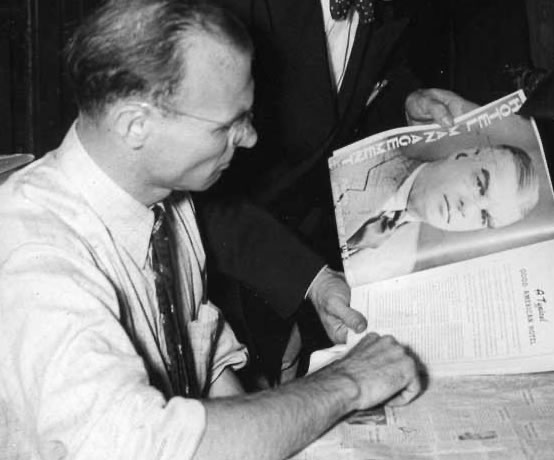
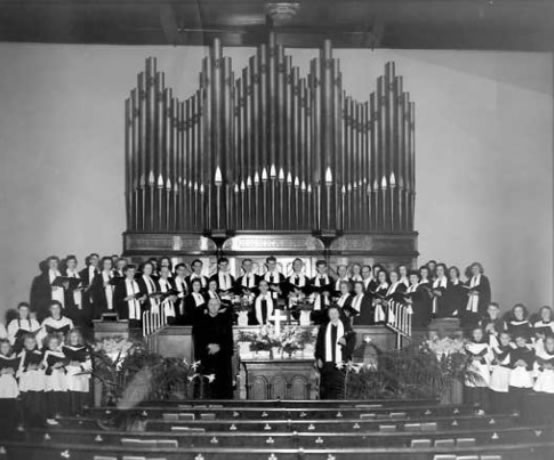
Primary Source Manuscripts
Rev. Charles Zapp Papers
Rev. Charles Zapp was a civic leader and pastor of First Cumberland Presbyterian Church (formerly Jefferson Avenue Church) in Evansville from 1935 until shortly before his death in early 1966. The collection consists of sermons dating from 1931 to the 1950s; sermon notes and outlines; minutes of the Illinois Synod, 1935-1936; minutes of the Indiana Presbytery, 1932-1959; diaries; correspondence; photographs; and miscellaneous records.
Primary Source Manuscripts
North Side Business Men's Association, Inc.
The North Side Business Men’s Association, Inc., was founded in 1912 in Evansville for the purpose of promoting civic improvements and charitable projects in the neighborhood historically known as Jacobsville. The collection consists primarily of minutes of the directors meetings from January 1956 to December 1970; some correspondence with local political leaders and with area representatives to the U. S. Congress is included, as well as a few membership lists.
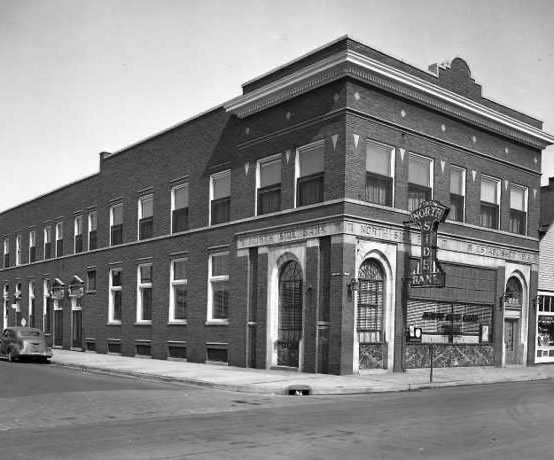
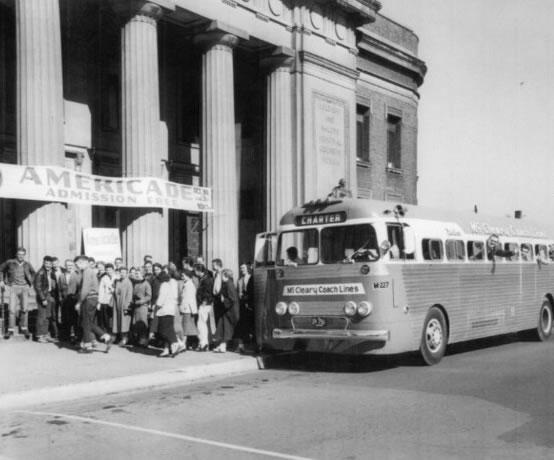
Primary Source Manuscripts
Evansville Americade Album
Americade was a traveling exposition held at the Evansville Memorial Coliseum from October 30 to November 2, 1955, attracting nearly 20,000 visitors. The event was sponsored by the National Association of Manufacturers in cooperation with the Evansville Manufacturers and Employers Association and the Evansville Chamber of Commerce. Americade’s mission was to demonstrate “America’s attainable potential for tremendous advances in all areas of human achievement” through animated displays. The large leather album, presented to Walter G. Koch of the International Steel Company, contains memorabilia of the exposition, including photographs, correspondence, newspaper clippings, posters and advertising materials, a proclamation by Evansville Mayor H. O. Roberts, and other items.